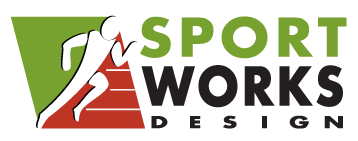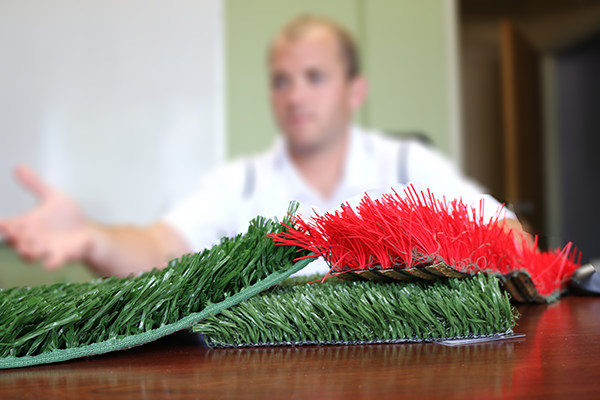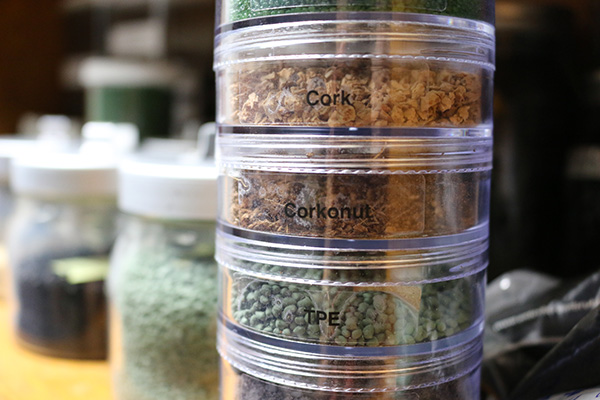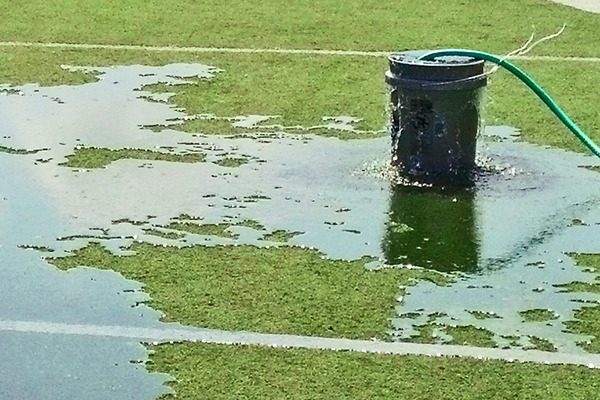Building a quality field is about finding the right mix of performance, durability, maintenance and safety all within your budget. No one wants to spend too much or alternatively, build a field that requires lots of maintenance and deteriorates quickly. Having designed nearly 100 synthetic turf fields, Sportworks often serves as a third-party turf consultant for our clients, helping them find the best mix of performance and durability within their budget. We have established relationships with a majority of synthetic turf manufacturers and installers, which gives us the ability to help keep our clients informed of the various products offered. We work with our clients in evaluating industry products, scrutinizing often overlooked issues and identifying long-term needs to ensure the end result is a field our clients are proud of for years to come. Below are just a few of the synthetic turf considerations Sportworks can help clients work through.
Fibers and Backing
There are a number of different systems to choose from, including monofillament, slit film and a thatch layer, or any combination of the three. Sportworks helps client evaluate the pros and cons of each and then select the correct physical characteristics of the fiber depending on the type of infill and if a pad will be used or not.
Infill
Although crumb rubber has been the industry standard for many years, it has also received media attention. Sportworks can help clients sort through the latest research and evaluate alternatives such as EPDM, TPE, acrylic-coated sand, cork, coconut and other naturals.
Pads
Deciding whether to use a pad, is an important decision point in the process of building a synthetic turf field. Regardless of maintenance, using a pad is a great way to ensure the GMAX value and safety of the field, and can be useful for fields that receive a lot of use. Pads can also allow clients to choose a different infill, which can create a surface that better replicates natural grass. Sportworks helps clients figure out what a pad will likely cost and if it will benefit them in the long-run.
Drainage
One of the most common problems synthetic turf fields face are issues with drainage. Too fine of a gravel can lock up, causing the entire field to flood. Sportworks helps clients select the right type of gravel — for the correct void space and permeability — combined with the right underdrain and connector pipes, ensuring water will keep flowing.




